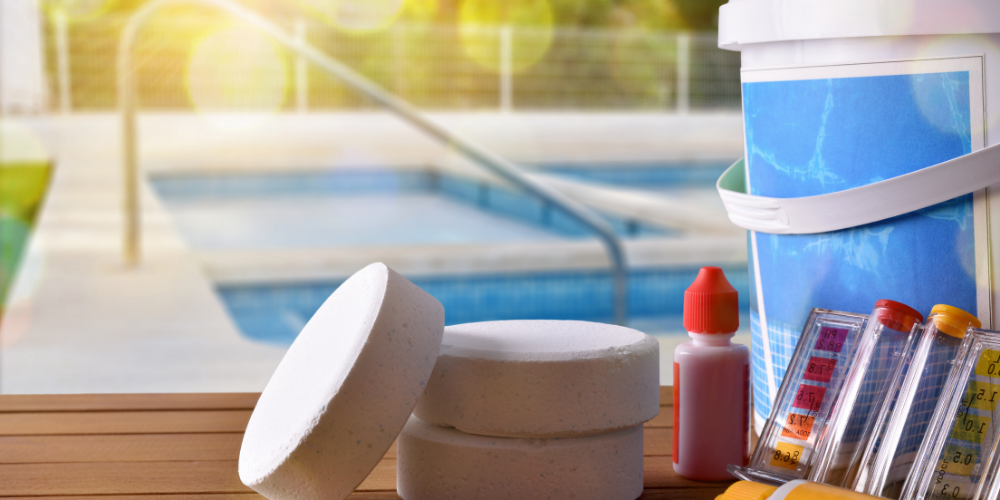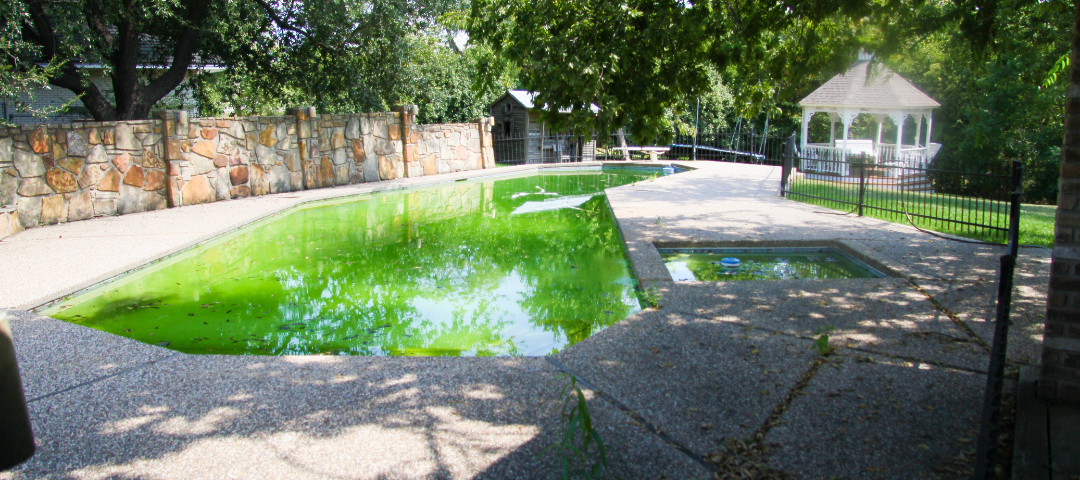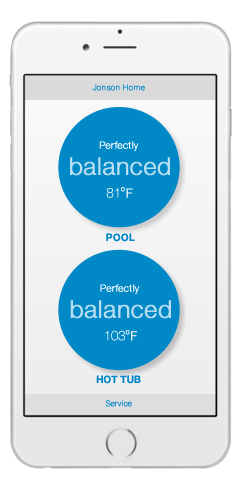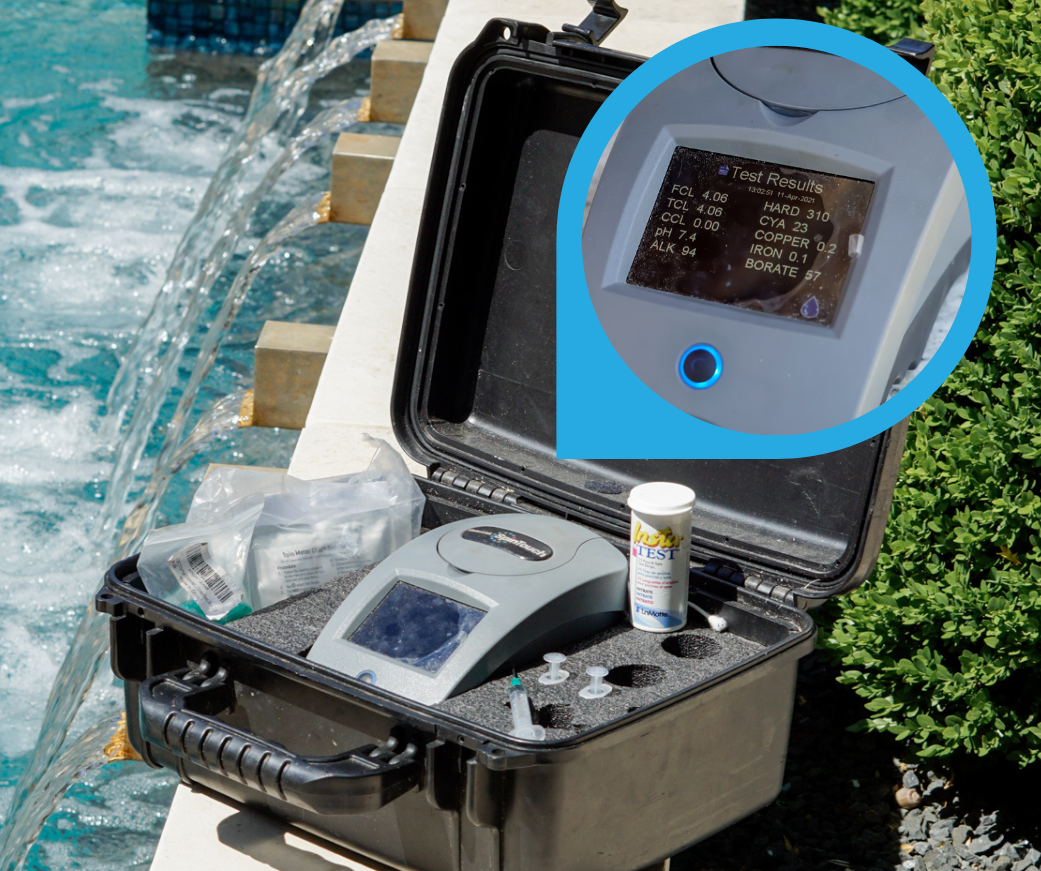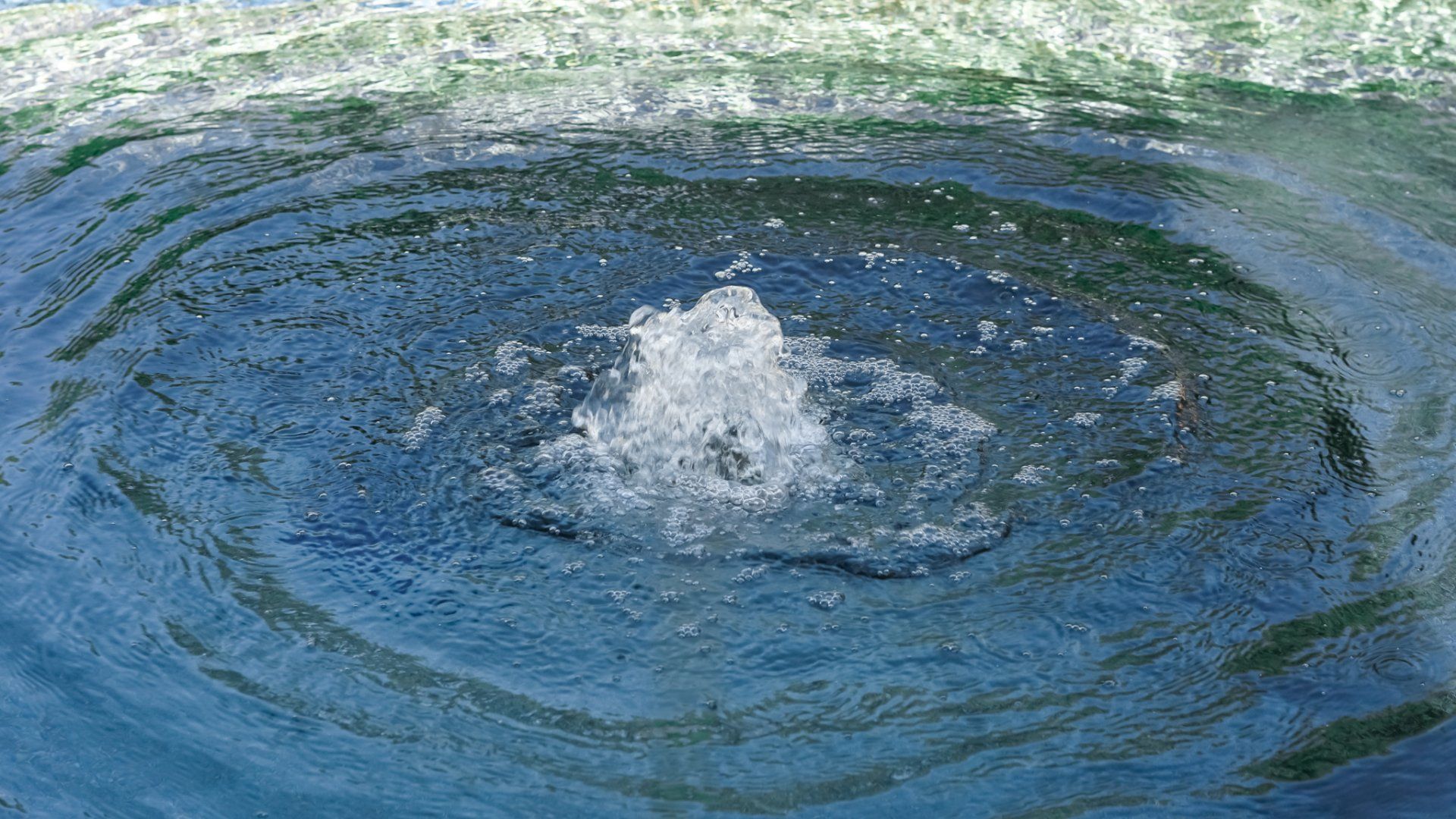Does Your Pool Tech Deserve a Game Misconduct Penalty?
With too low of a CYA concentration, the sunlight burns off the chlorine ions within hours. At too high of a concentration, the Cyanuric Acid acts to bind the chlorine so that the chlorine either can’t do its job or requires a much higher chlorine content than recommended is needed to have enough Free Chlorine in your water.
The right concentration of Cyanuric Acid is a matter of debate. The current allowable levels are between 30 and 100 ppm, but performance issues can start when the range hits 50 ppm. Many states are beginning to set the CYA limits of 10 - 30 ppm for commercial pools. And guess what? Many of the test strips don’t show the levels above 100. So, the CYA always looks in range if specialized test or strips aren’t used.
The tap water or make up water for our pools contains no Cyanuric Acid. So, how does the CYA get into the pool in the first place? When your pool is fill initially it is common to put a product called stabilizer, which contains CYA, or CYA directly into the water. The other way the CYA gets into the pool is through the use of Stabilized Chlorine Tabs commonly referred to as, Tri-Chlor or Di-Chlor. While the chlorine is used up or burnt off, the CYA remains in the pool and builds up overtime. If no action is taken to remove the CYA it will build up each time stabilized chlorine is added to the water.
For that reason, Red-E-2-Swim is using a new Non-Stabilized Chlorine Tablet in all pools with a CYA above 50 ppm. These tablets are a new product not widely used, but the results are noticeable. The water in these pools are brighter and more sparkling than they were using the traditional Tri-Chlor Tabs.
I liken many of the Pool Technicians that use the Tri-Chlor Tabs exclusively, to a new hockey referee that can drop a puck on the ice but hasn’t fully learned the complexity of the game.
Many pool techs fall into this category especially when it comes to maintain appropriate oxidation and sanitization levels. They can sure drop a Tri-Chlor Tab in the chlorinator but are they really servicing your pool the way they’d care for it if it was their own?
More on monitoring effective sanitization levels to follow, but until then HANG TEN and catch a wave from Rick in his SURFMOBILE. We are the smarter way to keep your pool Red-E-2-Swim!
